Home production of pellets
Firewood or coal is not an affordable fuel everywhere, but waste from the woodworking industry or agriculture can be found, perhaps, everywhere. It has long been noticed that they burn, maybe a little worse, but it is quite possible to heat with them. Just pouring sawdust or straw is very inconvenient. Therefore, they came up with the idea of processing and pressing them into briquettes or granules. For fuel pellets - pellets - there are even special boilers. With good fuel, they are serviced (rake out the ash) once a month. The best news is that it is quite possible to make your own pellets. This will require a lot of equipment, but the basis is a granulator (extruder or pelletizer). You can't do without it.
The content of the article
What are pellets and what types they are
Pellets are fuel pellets that are made from woodworking waste, some crop residues (straw, sunflower husk, buckwheat, etc.) and even from chicken manure. Their production technology is such that no additives or binders are required. That is, it is absolutely safe and 100% natural fuel, which is also made from waste.
Since the raw materials for fuel pellets can be different, the characteristics of the fuel are different. Pellets are divided into three categories:
- White. It is a premium fuel with the highest performance (and price). Named for its characteristic color - light yellow, almost white. But the color is secondary, the characteristics are primary, and the main one is very low ash content. After the combustion of white ash pellets, no more than 0.5% of the fuel volume remains. The boiler will need to be cleaned very rarely. White fuel pellets are produced from shavings without bark and other foreign inclusions. As a rule, this is a joinery or furniture production.
- The gray ones. Raw materials for this type of pellets may contain a certain percentage of bark, needles and some other impurities. But the ash content should not be more than 1.5%.
- Industrial or dark pellets. This type of fuel pellets is made from straw or cake in pure form or with the addition of wood waste. The ash content of this type of fuel is much higher than that described above, however, it cannot be higher than 5%.
White and gray pellets are used for individual heating. They are also called "first class" or first class. They have a diameter of 6-8 mm, a density of about 600 kg / m3, the amount of heat generated is about 4.7 kW / h. They are burned in special boilers, which are called pellet boilers. Usually this equipment is very demanding on the quality of the fuel. In addition to low ash content, requirements are imposed on the integrity of the granules and on the absence of a dust-like fraction. Otherwise, the pellet boiler burner clogs up, the boiler shuts down. Industrial pellets are also burned in special stoves, but they have a completely different structure and much larger volumes.
In principle, any pellets can be poured into solid fuel boilers, only they are usually used at the stage of decay. When the oven is already warmed up, add a certain amount of granules.
Production technology
For any owner, the idea of turning waste into fuel, or even making money from it, is attractive. In principle, it is realistic to make pellets with your own hands, but you should not expect industrial quality from them. It is unlikely that it will be possible to force an imported pellet boiler to work on home-made granules, but a home-made or solid-fuel unit does an excellent job with them.
Wood pellet production technology consists of several successive stages:
- Coarse crushing of raw materials. Fragments must be no more than 1.25cm3... This is a preparation for better drying. This operation requires a crusher.
- Drying in a drying chamber. The raw material is brought to a moisture content of 8-12%. There are different types of chambers, in some they use direct heating (hot air from the furnace is supplied to the drying chamber), in others the heat exchanger is heated, and from it - the air in the dryer. The second option is less effective, but in this case, the possibility of soot getting into the raw material is excluded. Even a small amount of soot can stain wood chips. As a result, the quality of the pellets can be referred to as "white" (if the appropriate raw materials were used), and by color - to gray.
- Fine crushing. The dried wood is fed to crushers (usually hammer type). At the exit, wood fragments are more than 1.5 mm in size for white and gray pellets, and 4 mm for industrial ones.
- Moisturizing. Wood fibers with low moisture content will not stick together. Therefore, they are moisturized. If pine or spruce waste is used, water is injected. Raw materials from hard species - oak, birch, beech - are processed with hot steam.
- Pressing. Presses of various designs work here. The raw material is pressed through a die (flat or round), which form cylinders of specified dimensions.
- Cooling. Under the influence of high pressure, the pellets are heated up to 70-90 ° C. In this state, they crumble easily, so they are left to cool.
- Finished granules are sieved (from residues of non-sticky particles) and packaged.
As you can see, the process is multi-stage and requires quite a lot of equipment. Nevertheless, it is profitable to produce pellets with your own hands if you have cheap or free raw materials.
Features of the production of straw pellets
Making straw pellets is easier. It is initially dry, therefore there is no drying stage. If there is wet straw, it is naturally dried in the sun, and then crushed and mixed with dry straw, thereby achieving the required moisture content of the feedstock before pressing.
Grinding is also easier. This requires a straw chopper, which immediately cuts the raw material into pieces of the required length. So the grinding also takes place in one go. After bringing the mass to the required moisture content, it is pushed through a press. And here everything is simpler: since the raw materials are softer, less effort is required. Less powerful hardware means less cost. In this case, the productivity of the line can be high.
As you can see, less equipment for the production of straw pellets is required, and the time and energy consumption is also less.
Homemade granulators
Although a lot of equipment for the production of pellets is required, the main device is a granulator. With its help, pellets are formed from raw materials. There are several models of granulators:
- Auger. In structure, they are similar to a household meat grinder. The same screw shaft and matrix is the grate through which the raw material is pressed. They can be used for soft materials such as straw. It does not “pull” wood, even if it is well chopped up - there is not enough effort. In principle, with sufficient strength of the parts, a more powerful motor can be supplied.
- With a flat matrix. There is a metal circle in which holes of the required diameter (usually 3-4 mm) are made. There are gear rollers that push the raw material through the holes, forming granules.
- With a round die. The idea is the same, only the matrix is made in the form of a ring, respectively, the rollers are located in a different plane. This option has great productivity, but do-it-yourself granulators of this type are rarely made.
The simplest screw extruder.It is often made for pressing compound feed, but it can also be used for the manufacture of fuel pellets from soft raw materials. If you need to make equipment for the production of pellets, this is the easiest option. Provided that you know how to handle a lathe and a welding machine.
Homemade screw granulator
As with any equipment of this type, the screw granulator has a matrix. In this case, it looks like a grinder mesh, only made of a much thicker plate. The second important unit is the auger shaft. All these details can be made by hand. How - to describe in words is useless, see the video.
Manufacturing of a matrix for a finished screw.
The auger and die are "packed" into a housing or sleeve. How to do it, see the next video.
After assembling the main unit, it is necessary to install a motor with a gearbox, a hopper into which chopped straw will be fed. You can run.
How to make a flat die granulator
First you need to figure out how it works. Everything is perfectly demonstrated in the video.
In the next video, there are rather detailed explanations on the process of making the matrix and rollers.

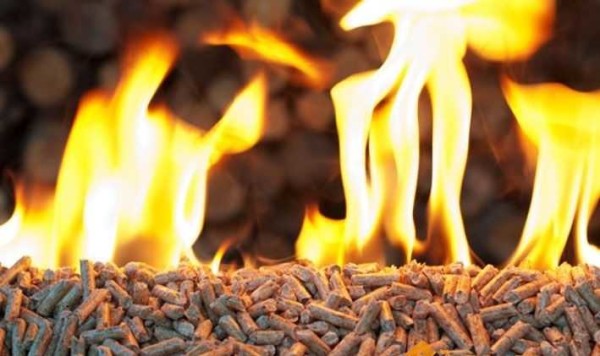
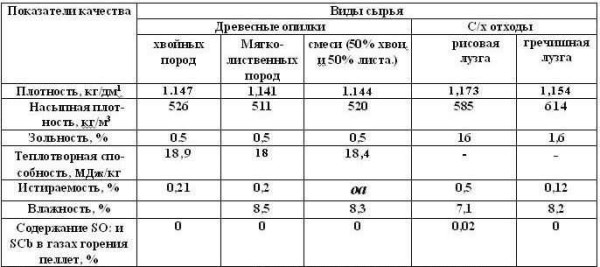
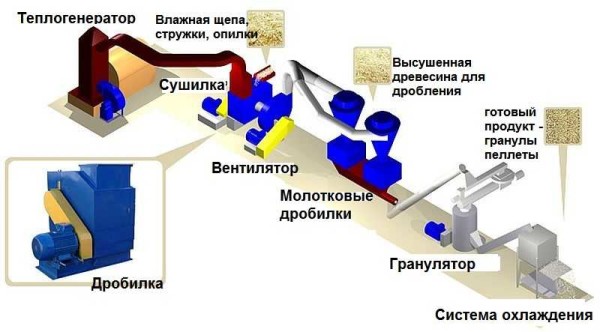
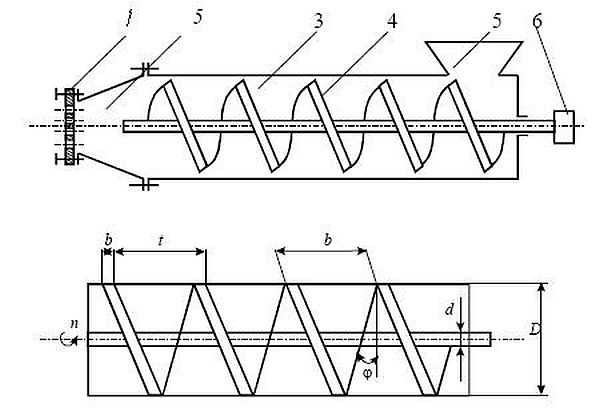
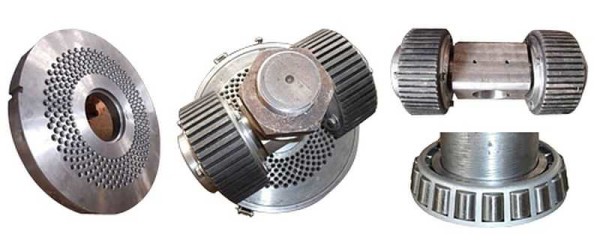
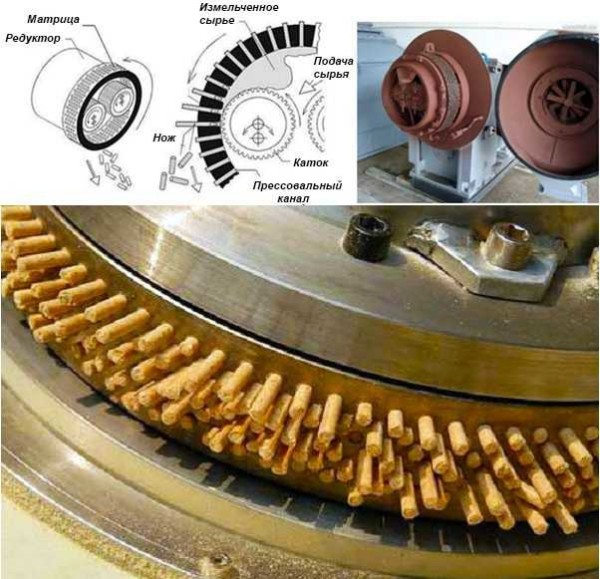
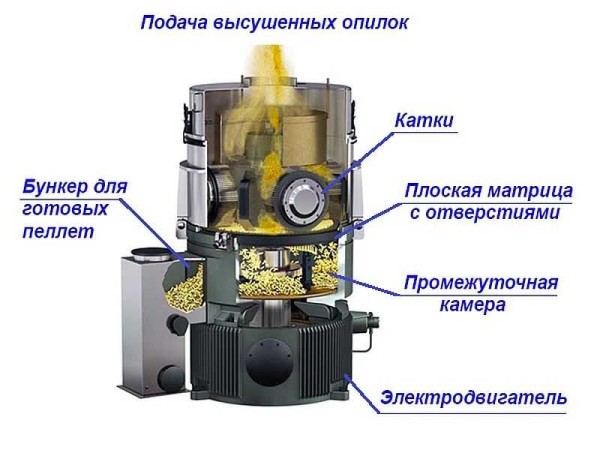
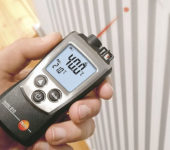
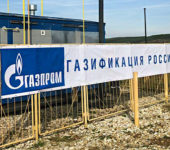
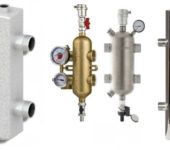

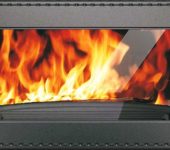





Good day! Of course, I do not plan to make pellets myself, but I would buy a pellet boiler. Who can tell you which one is better to choose and what to look for? I would be very grateful for your feedback.
Ruslan, because you have chosen a pellet boiler, this is the right decision! I am very pleased with my boiler, the house is warm and it is not very expensive to heat the house. I bought a DOZATECH pellet boiler, I want it, by the way it is Russian, high efficiency, five-way. And this, if you are already in the subject as they say, is very good! Due to the fact that there are five lines in the heat exchanger, the temperature in the pipe is lower, and the maximum heat goes to heating the water in the circuit. It is cleaned once a month, but it is not difficult and does not scare me at all. I also liked the fact that the steel is very thick - 6 mm. It is immediately clear that it is made soundly and conscientiously, it will last a long time. I chose from a series of Biopallets, there are many models of them, you need to consult with the manager which one is right for you. But I recommend with all my heart!